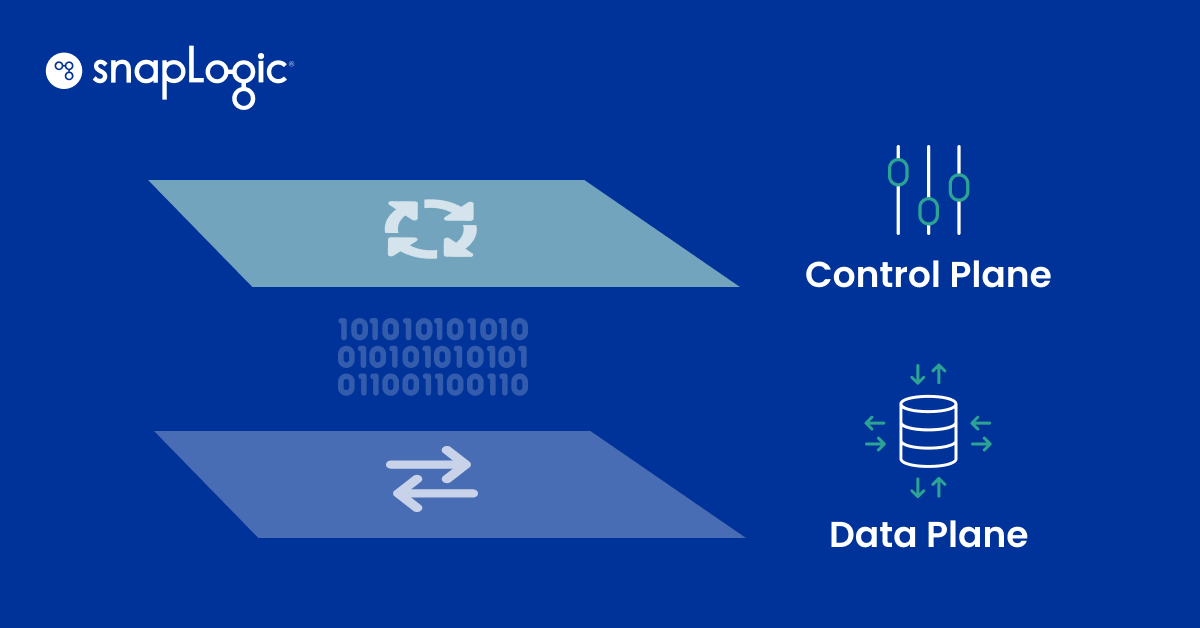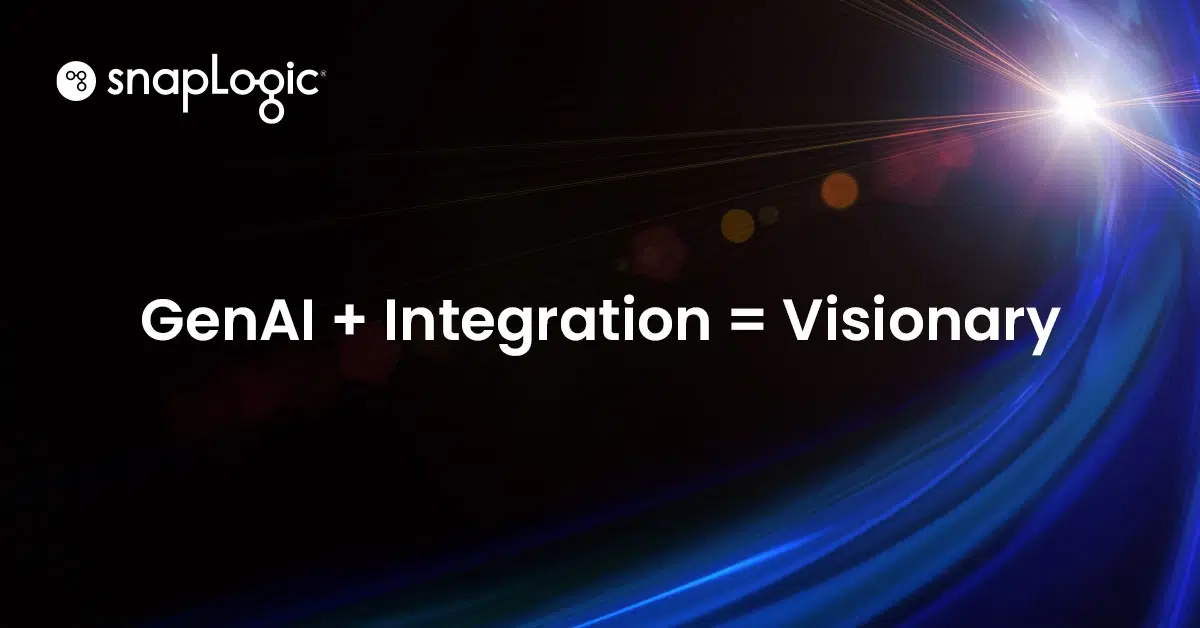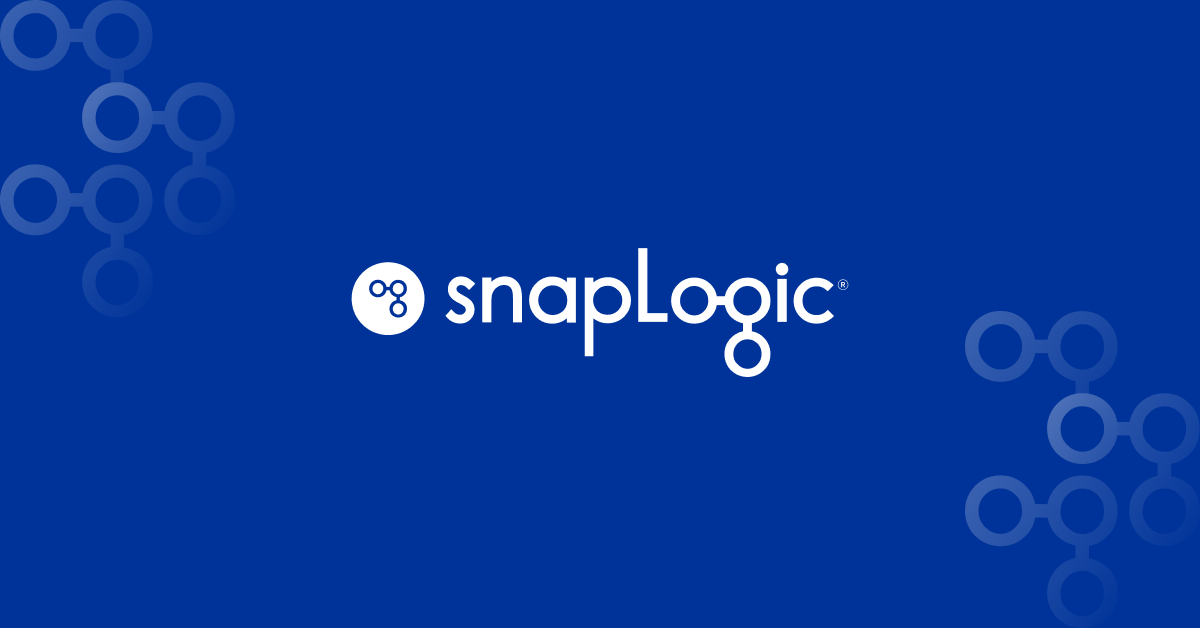Modern enterprises must be able to easily and quickly integrate data and apps, often in real-time. Most enterprises depend on speed to be able to compete in today’s environment. They also need to be able to scale when and where the business needs, without having to wait for IT to conduct time-consuming integrations.
Traditionally, most enterprises have used manual API coding, enterprise middleware, or an enterprise service bus (ESB) to create integrations. However, with the need to increase speed and scalability, these methods are too slow to keep pace with the business’s integration needs.
An integration-platform-as-a-service (iPaaS) solves that problem.
What is an iPaaS?
An iPaaS is a cloud-based platform designed to make building and deploying integrations easy, standardized, and scalable. It enables enterprises to grow an ecosystem of data integrations and application integrations across the organization and its partners. An iPaaS automates the integration process with low/no code workflows, so that line-of-business and technical users can build integration flows in a matter of minutes, not weeks or months.
An iPaaS differs from a PaaS. A platform-as-a-service, PaaS, is a cloud solution that provides everything needed to build and deliver cloud applications without having to buy, maintain, or handle underlying hardware, software, provisioning and hosting. An iPaaS provides the tools to integrate the apps and data created via a PaaS.

Likewise, an iPaaS is not to be confused with SaaS (software-as-a-service). SaaS is a way of delivering and accessing software applications through the cloud without having to install and maintain it. An iPaaS integrates SaaS applications either from third-parties, along with those the organization creates itself via a PaaS.
Benefits of iPaaS
Enterprises choose an iPaaS solution because it:
- Removes complexity from the integration process
- Lets the business zero-in on connecting data sources, big data, different applications, IoT devices, business processes, and services where needed
- Enables integrations regardless of where data is located, whether on-premise, or in a public, private, or hybrid cloud
- Facilitates workflow automation by connecting data silos and commonly used business apps, like Salesforce and SAP, to data and apps needed to streamline workflows (which in turn, speeds up the business)
- Makes it easier and simpler to manage integrations in a highly regulated industry, such as financial services or healthcare
- Enables data synchronization for real-time data updates and decision making
- Is cost-effective, with pay-by-use or monthly subscription pricing
5 things to look for in an iPaaS vendor
The iPaaS platform market has multiple vendors offering a range of features, functionalities, and pre-packaged connectors — but not every vendor’s product is equal. Here’s what to ask when evaluating iPaaS vendors.
- Is the platform enterprise-ready? An application and data integration platform must be enterprise-ready and capable of supporting the fast-changing, expanding needs of a global business and dynamic ecosystem. It should offer flexible delivery, bulk data movement, high availability, cloud application security, end-to-end audit trails, geo-redundancy and geo-fencing, connect with the integration applications and data ecosystem, and be self-upgrading on-premises and cloud software.
- Does it deliver self-service for all? Most application integration and data integration technologies are built for developers only. But the right integration technology will empower all users, regardless of technical skill, to create integrations and leverage opportunities across the organization. An iPaaS that focuses on self-service should offer ease of use; a rich, cloud-based user interface; one platform for all types of workflows, snap-and-assemble pipeline flows, advanced monitoring, support and resources, and artificial intelligence (AI) and machine learning (ML).
- Does the iPaaS vendor support your use cases? An iPaaS integration solution should be able to handle cloud integration, hybrid integration, data integration, application integration and any complex integration to drive digital transformation and automation across the enterprise. It should integrate multiple endpoints, including legacy endpoints, something few solutions do. The right iPaaS will offer hundreds of pre-built connectors, have a Java software development kit (SDK), and the ability to connect multiple deployment environments.
- Is the technology modern? The right application and data integration solution has a modern architecture to span both legacy and cloud-based deployment environments. The platform can coexist with current technology and be used to create new data, application, and process integrations whenever needed. The iPaaS should offer a 100% REST-based API architecture, on-premises and cloud deployments parity, elastic scale-out architecture, multi-tenancy, API-readiness, API management, native support for poly-structured data, pre-built capabilities for ASCII, EBCDIC, and other common formats, multiple integration modes, and Big data and IoT integration.
- Does it offer high performance with the lowest TCO? The right application and data integration solution should deliver immediate value, expanding into new areas to produce cost savings and lower total cost of ownership (TCO) in multiple ways. This includes less time and fewer full-time employees (FTEs) to build, manage, and update individual integrations and pipelines, as usage changes and applications are updated. Systemic efficiency gains through newfound collaboration capabilities, through sharing, re-use, and real-time shared development. Lower cost of replacing legacy technology by supporting legacy technologies (such as ETL, ESB, file transfer protocol [FTP], and XML) within the new integration paradigm, as well as data stored on-premises and in the cloud.
Lastly, it’s worth noting whether it is listed in the Gartner Magic Quadrant. Gartner provides excellent insight on the strengths and growth needs for major iPaaS players. Their information will provide detailed insight into which vendor might best fit your business and how the vendor’s growth trajectory may align (or not) with where your company is headed.








